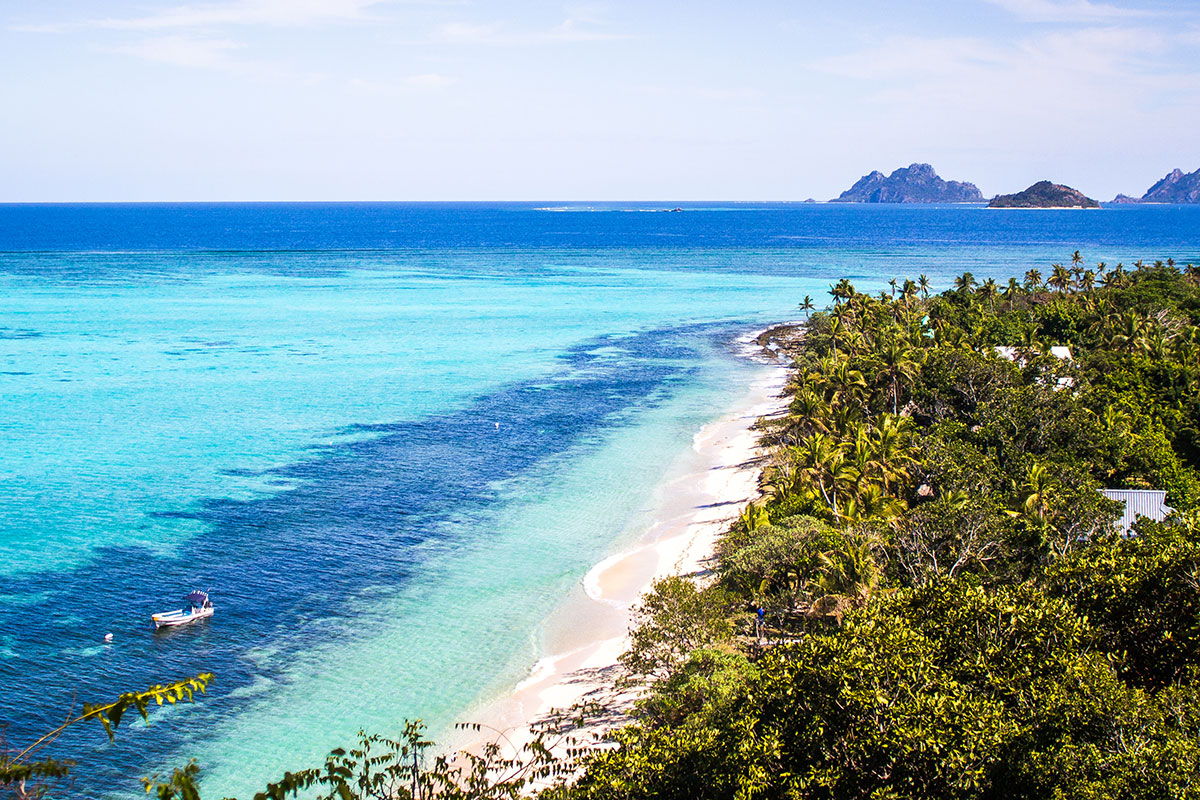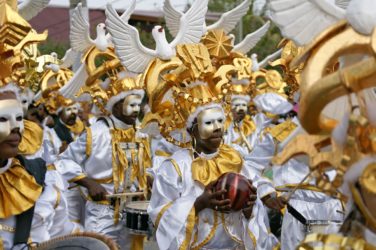Hands up who knows the only destination with its own timezone, but one which has absolutely nothing to do with time. Say bula vinaka to Fiji time! Here’s some fun facts about our neighbour.
Fiji beginnings
Passers-by are responsible for setting up the first settlements of Fiji. Voyaging traders and shipwrecked sailors lived amongst the native population, on put Fiji on the trade route map. Captain James Cook was the first to name the island as Fiji.
Strong stomachs
Not something to concern yourself with today, but the Fijians of old were fierce cannibals. In order to maintain their stance on the island, they took part in conquering their enemies and then dining on them! The practice certainly deterred seafaring European settlers, and locals now regard that time in their history as na gauna ni tevoro or ‘time of the devil’. The last known victim was Thomas Baker, a missionary who along with shoes, was boiled for dinner. And what was Baker’s misfeasance? He made the fatal error of touching the head of the village chef an act equivalent to a declaration of war. Oops!
Steely feet
Fire walking originated in Fiji about 500 years ago, and the story goes that in the village of Nakarovu, an old man told stories to young people after they gave him a gift. Tunaiviqalita promised the old man a fresh eel, so he went looking for one in a stream. He put his hand in the water and pulled out a tapa cloth with something wriggling inside. He unwound the tapa and a small man jumped out pleading not to be killed. He told Tunaiviqalita that he could make him very rich, but Tunaiviqalita didn’t want, or even need, money. So the small man said he could gift him the ability to walk on fire. Doubtful, Tunaiviqalita asked to be shown, and sure as anything, the small man built a fire under stones and they danced on them without any injury. Tunaiviqalita was overjoyed at the powerful gift he’d been given, and to this day, his bloodline are still able to walk on fire.
Take it easy. Try running on Fijian time for a day. Happiness and relaxation guaranteed – Anon.
Long live our Queen
Fiji experienced 96 years of British rule, but declared independence in 1970, yet still remains in the British Commonwealth. The Queen of England remains but only constitutionally. Best of both worlds!
Home visit rules
Villages cover 80% of Fiji’s land, and are self-sustaining with a chief as leader and a community centre. Visitors should bring a gift of kava to partake in a welcoming ceremony known as sevu sevu. People should wear the traditional Fijian sarong, the sulu, to the ceremony as a sign of respect for the chief and residents. And remember that only the village chief is allowed to wear a hat and sunglasses, and all shoes should be removed before entering homes or community buildings.
Grub
Traditional Fijian meals consist of starches, relishes and a drink. Common starches include taro, yams, sweet potatoes and cassava. Food is usually cooked in the lovo method, which involves wrapping it in palm fronds and banana leaves and roasting in a pit lined with hot stones. Meats like pork, chicken or fish is placed on the bottom, starches cover the meat, and then covered with dirt to seal, and left to cook for 3 hours. Delish!
Find a TripADeal trip to Fiji here.




